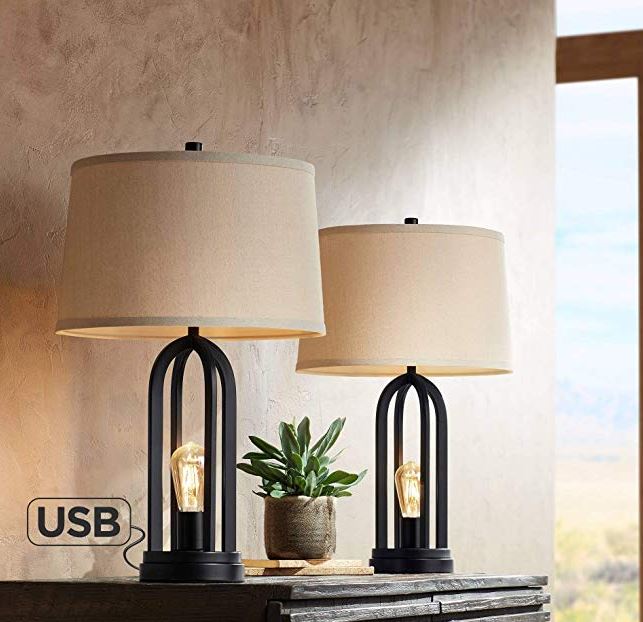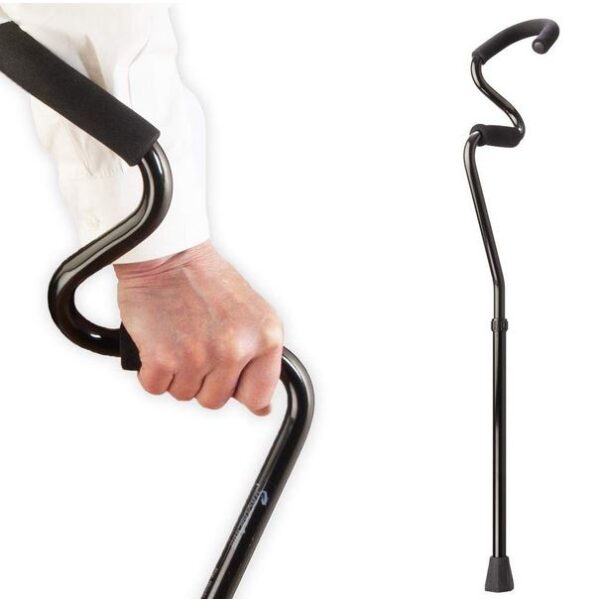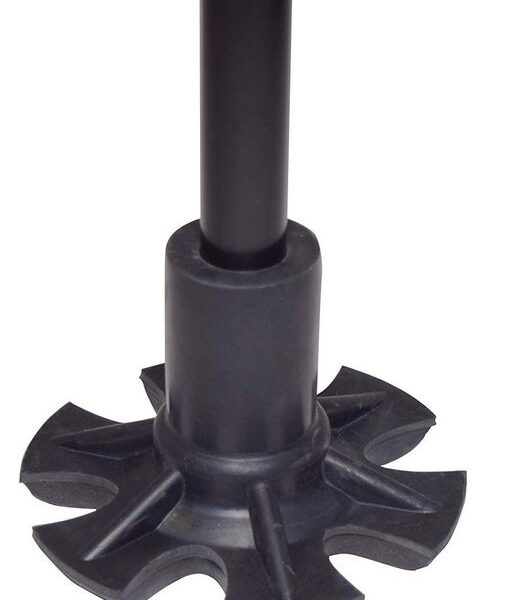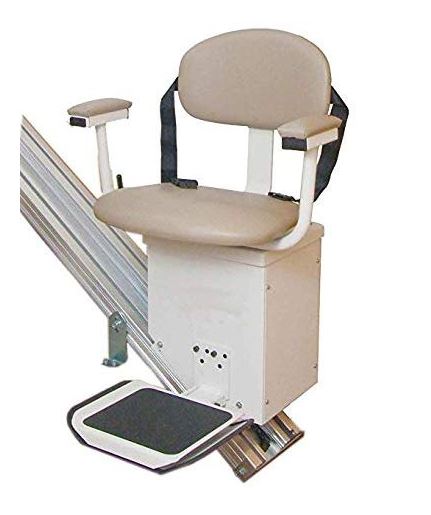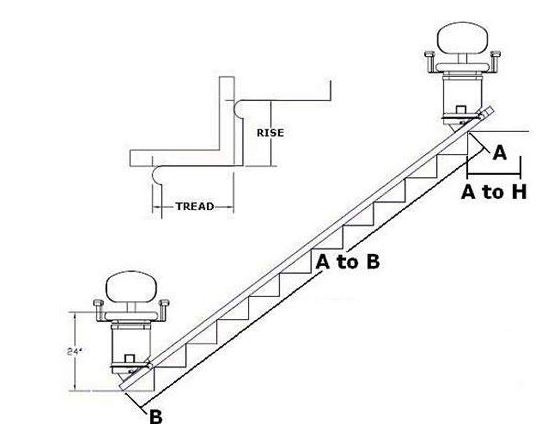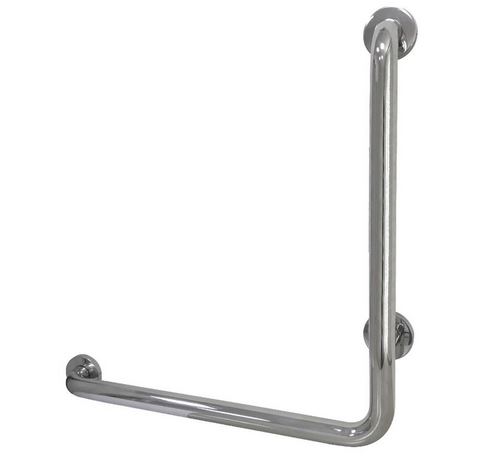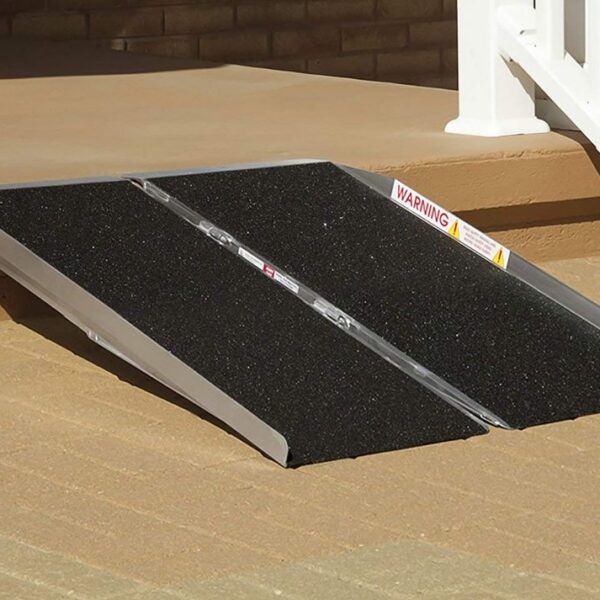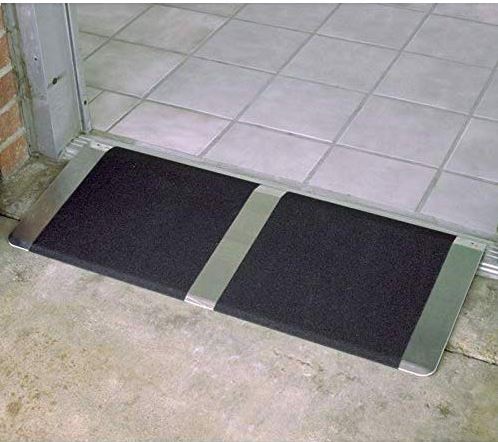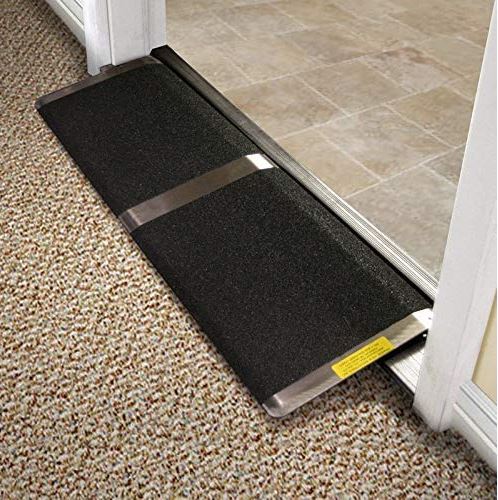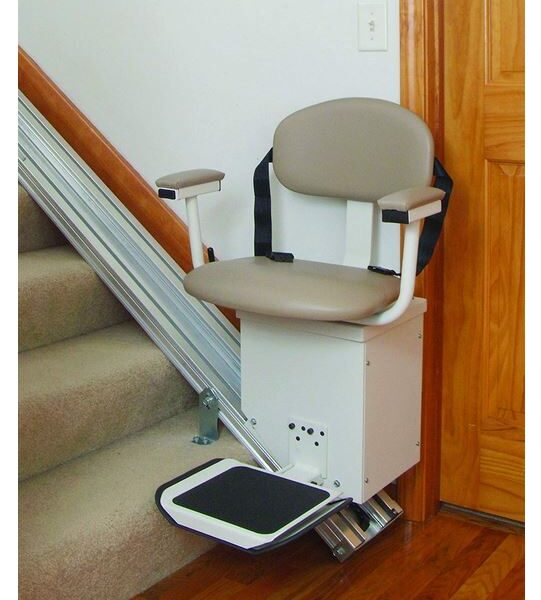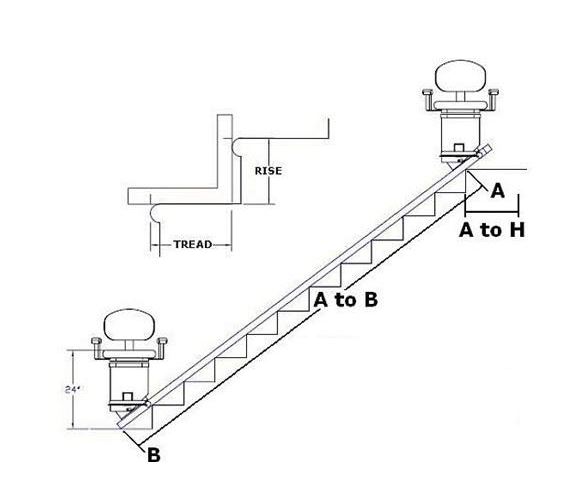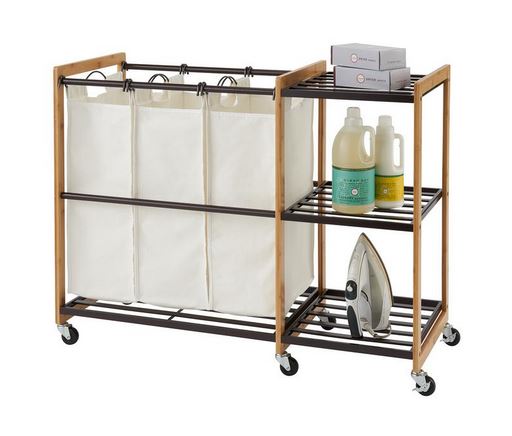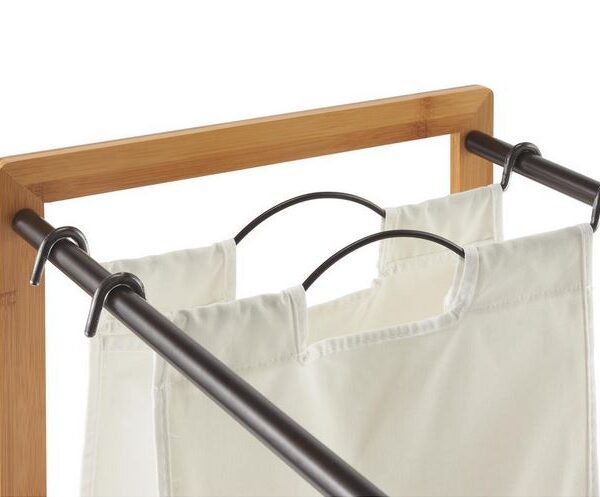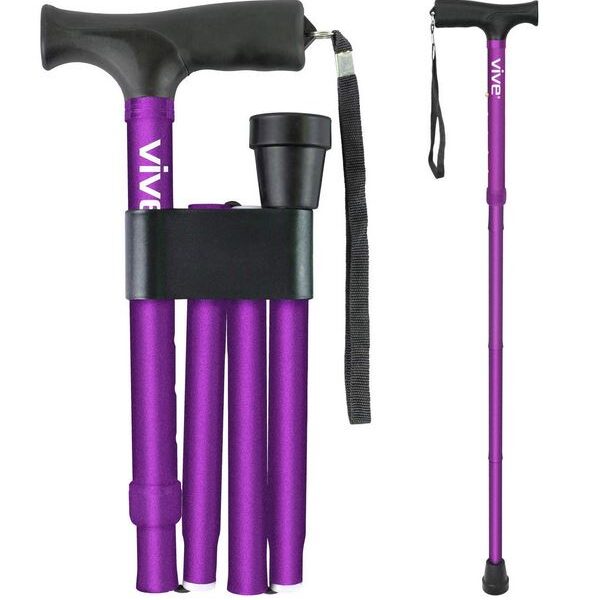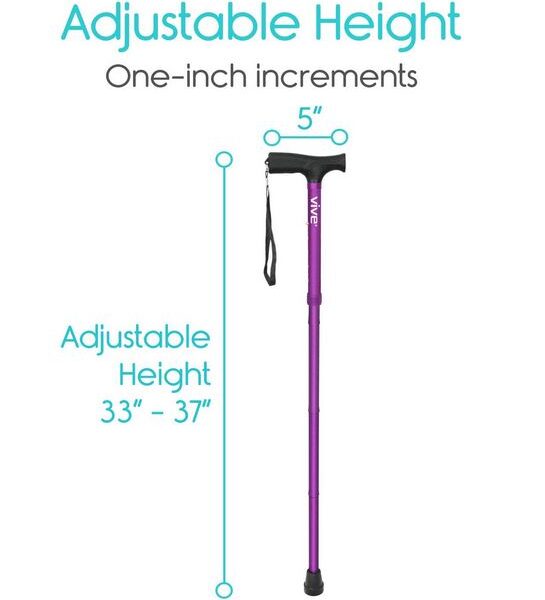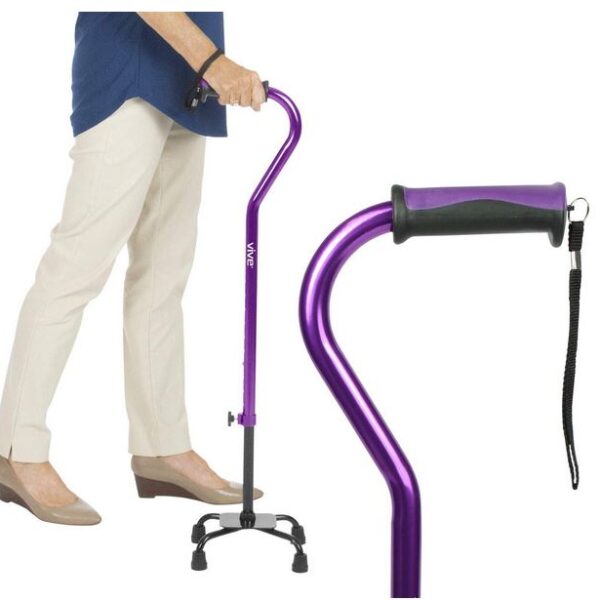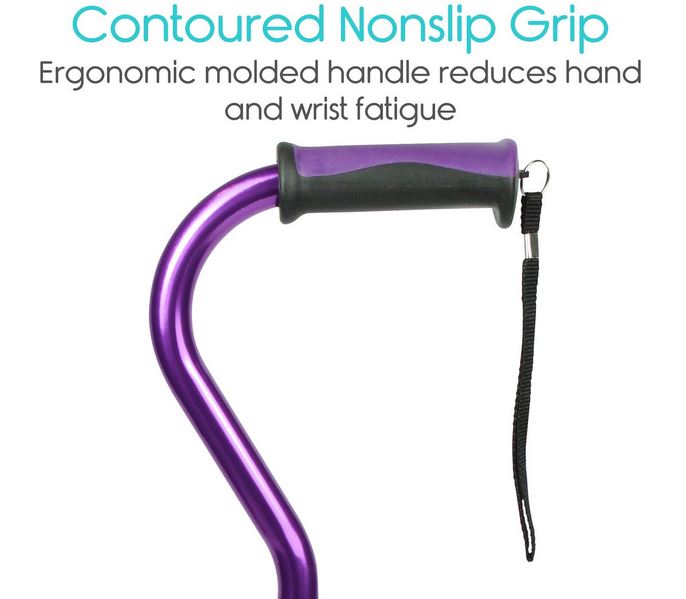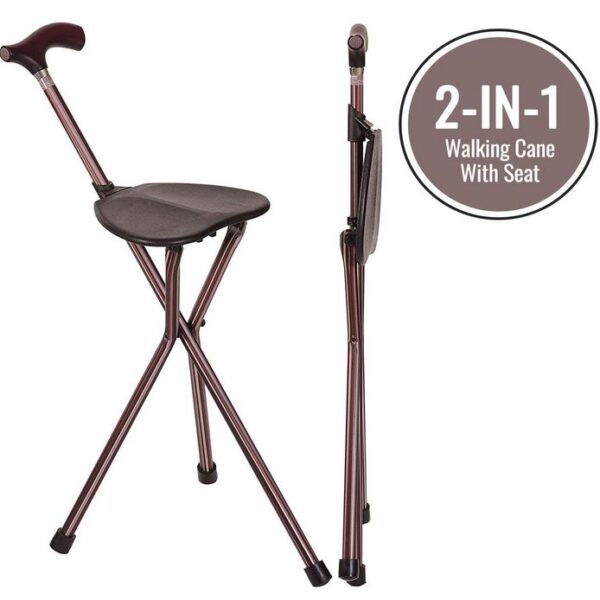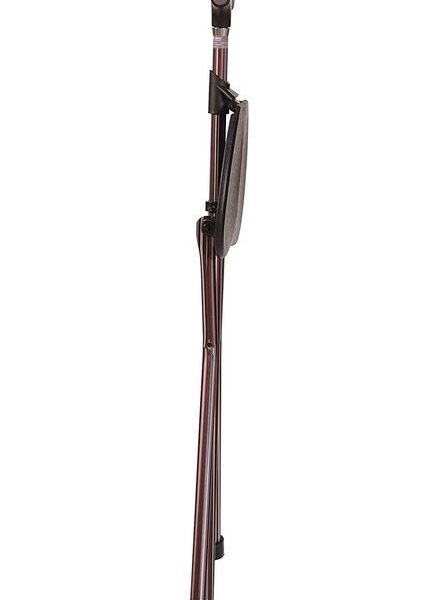Your ability to effectively move around in your home and gain access to rooms, closets, cabinets, counters, and sinks will determine your success and satisfaction with aging in place. You need to plan now and begin implementing modifications for when you begin to require assistance walking or standing, or when you begin using an assistance device, such as a walker, wheelchair, or even a power chair. Even minor modifications can improve your quality of life.
Flooring
Flooring surfaces should not be slippery, and they should be easy to use with an assistance device if necessary. Many functional and visually appealing options exist. A few flooring items to consider are described below:
Non-slip tile, low-pile carpet or textured vinyl are reasonable choices.
Some cork floor covering options are available that feel good on the feet and can help prevent slipping.
If you want to keep your existing tile or stone floor, you may want to apply a texture to help prevent slipping.
If you install floor tile, choose smaller rather than larger ones. The closer seams reduce the chance of slipping.
Opt for low-glare floor covering.
Make sure the flooring you select is easy to clean and maintain.
All carpet and flooring needs to be kept in good condition. Ripped flooring or loose carpet can increase your fall risk. Consider replacing any worn carpeting with a safer low- pile style or alternate floor covering.
Avoid using throw rugs; they are a trip hazard. If you feel you must have one or more throw rugs, make sure each rug has low pile and consider using anti-slip rug tape around the entire outer edge to secure each rug to the floor.
Access and Maneuverability
Having adequate clearance to move around furniture to be able to exit quickly in case of emergency is an important feature for each room. Doorways need to be a minimum of 32 inches wide, with 36-inch clearance preferred. You should also have adequate space around furniture, closets, cabinets, counters, sinks, toilets, showers and tubs to accommodate the use of wheelchairs and walkers.
You need clear pathways into and through each room of your home for safe passage, especially at night. To make work areas accessible to everyone, including those in wheelchairs, you need 42- to 48-inch pathways. Properly arranging furniture and clearing clutter, throw rugs and other items that block walking paths reduces the likelihood of tripping and falling.
Steps and Staircases
Stairs become more dangerous as your leg strength diminishes or you start to encounter issues with your balance. Install a handrail on each stairwell and near steps. Put different colored edges on each step. At some point, you may need to install a stairlift or elevator.
Stairlifts involve a track installed on the wall leading up your stairway. A motor moves a chair up and down along the track, transporting a person sitting in the chair from one floor of the home to the other. Exercise care when evaluating stairlifts. Some chairs cannot always be used as intended because physical impairments prevent people from being able to get on and off them.
An elevator is the only sure way to know that you will be able to reach upper floors. In a newly built house, you can prepare for a future elevator by constructing a shaft with a temporary middle floor that you use now as closet space on both levels. Later, the temporary floor can be removed from within the shaft and the elevator installed. A builder, with input from an elevator company, can build this feature into a multi-level new construction home. Modifying existing homes may take a little more effort and imagination.
Easy opening doors and drawers, and adjustable shelves
Make all interior and exterior doors, cabinet doors, drawers, and closet doors accessible by changing hardware and the way you open them. All door handles should be changed from standard door knobs to lever handles. All cabinet doors and drawers should have “D” type pulls to allow people of all abilities to more easily open and close them.
Pocket doors that slide into the wall rather than swinging out can allow more room for maneuvering.
Open cabinets and shelves, and slide-out shelves from within cabinets make access and reachability easier and reduce the strain from bending and stooping. Adding pull-down shelves for the overhead cabinets and installing an adjustable shelving system helps to reduce overhead reaching. Installing roll-out shelves in lower cabinets can greatly reduce the strain of bending over to reach items in the back.
Although it is not a home modification, if you are not able to alter some cabinets or shelves, you may want to get a hand grabber device to help you with picking up and reaching items and reduce the amount of bending or stretching required.
Below is a sampling of products and equipment that are designed to increase your in-home mobility and access to allow you to age in place for a longer period of time. Click on the links to find out more information, see other products selections, and if you like, to make a purchase from one of our providers.


 Personal Development Goals
Personal Development Goals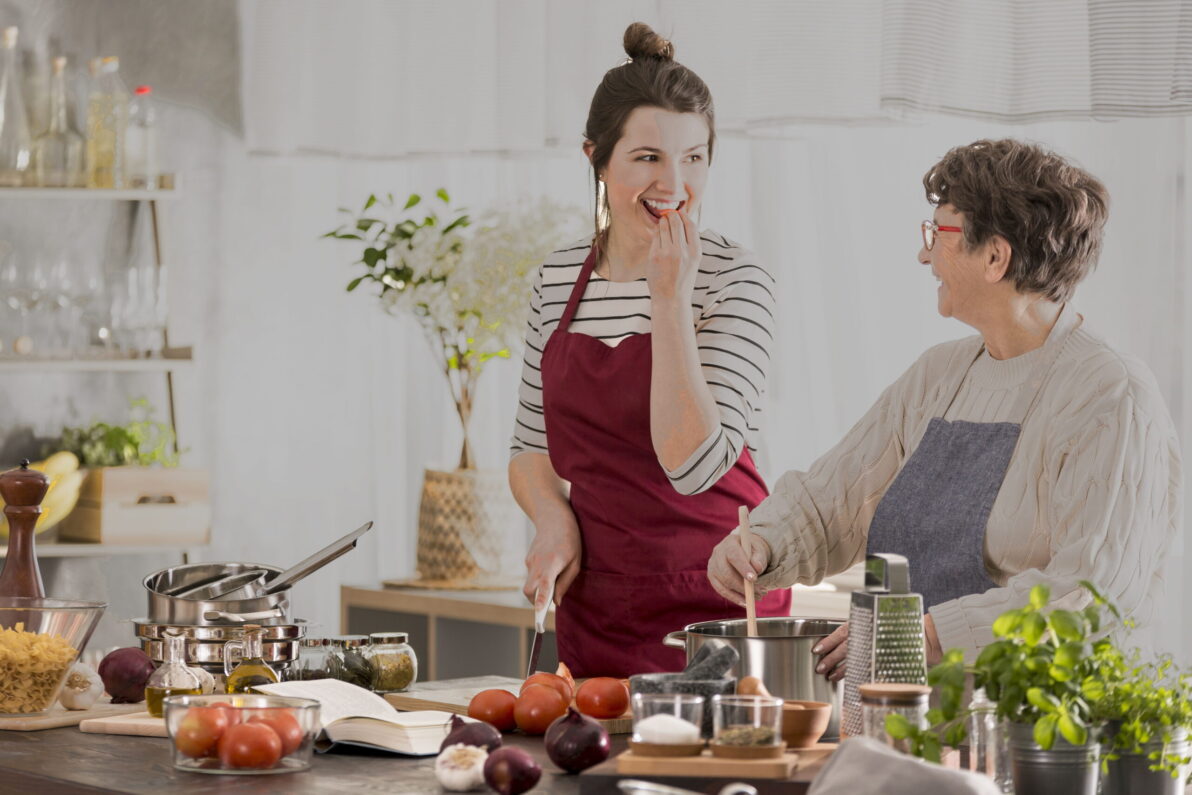
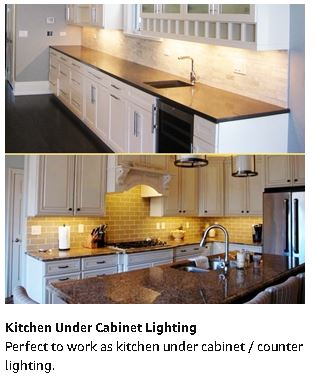
 Bedrooms Designed for Aging in Place
Bedrooms Designed for Aging in Place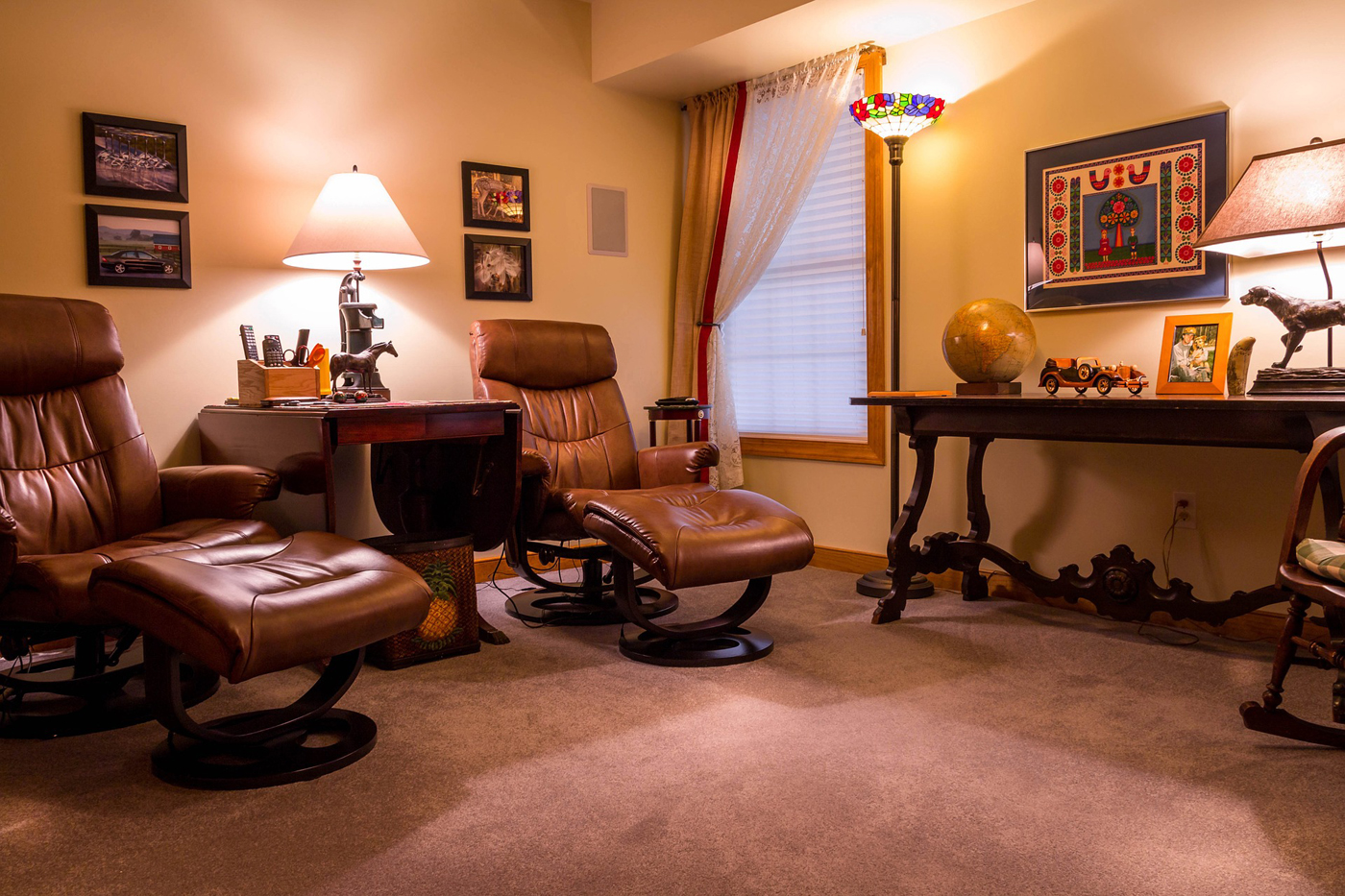 Furniture
Furniture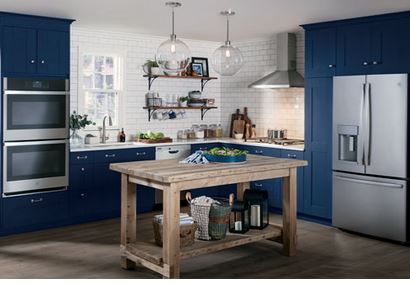 Kitchens Designed for Aging in Place
Kitchens Designed for Aging in Place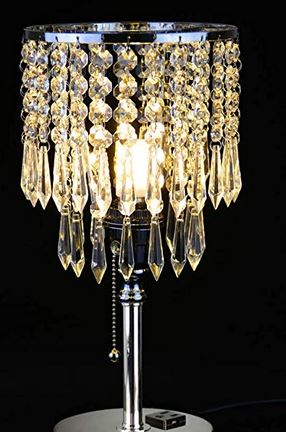 Lighting and Light Switches
Lighting and Light Switches
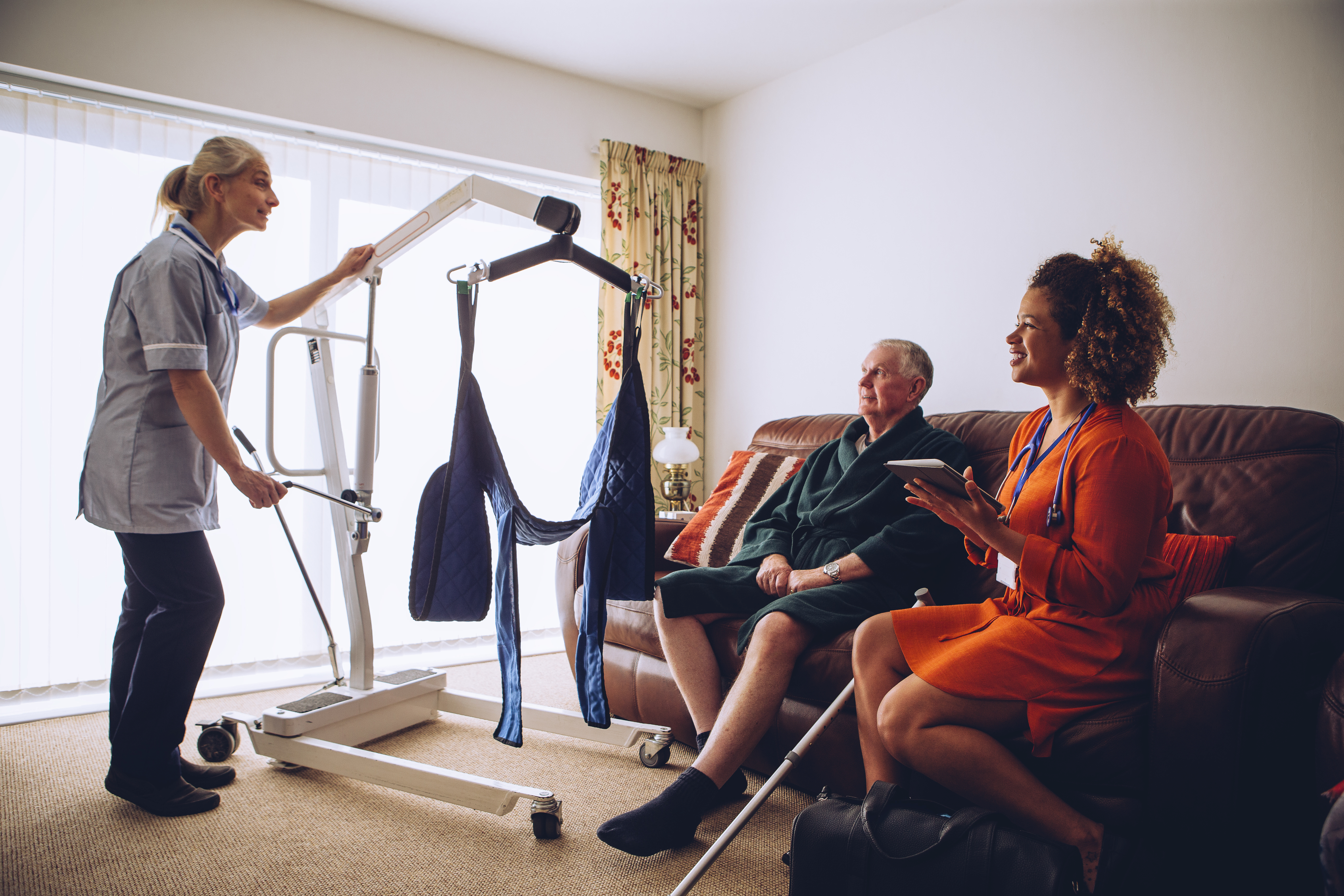 Assisting With Functional Mobility
Assisting With Functional Mobility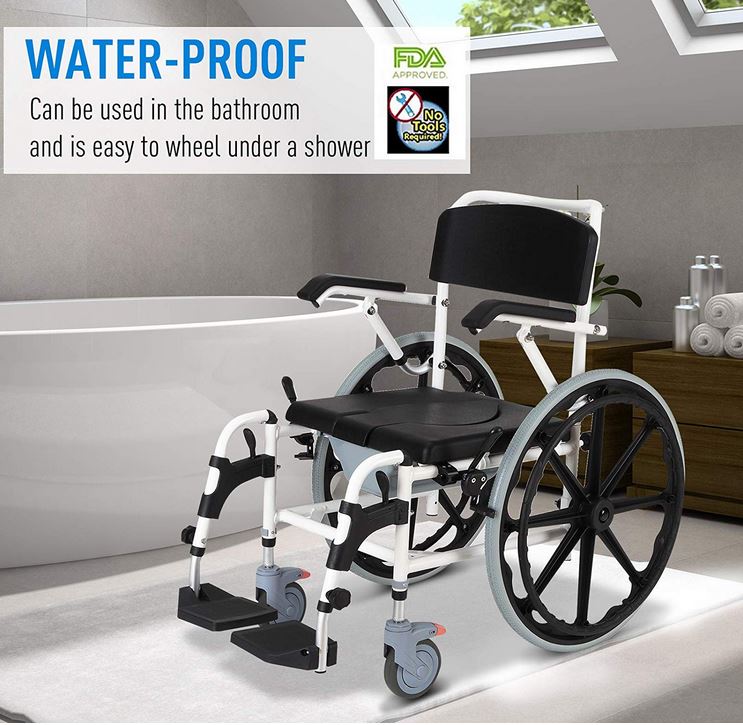 Bath and Shower Mobility Aids
Bath and Shower Mobility Aids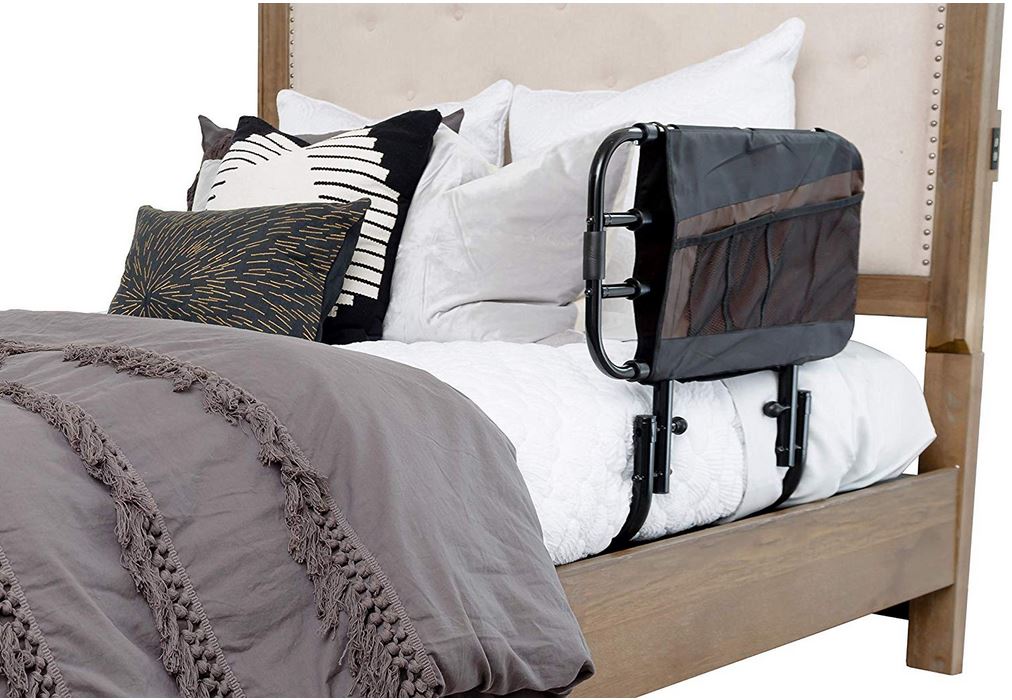 Bedroom Mobility Aids
Bedroom Mobility Aids Assisting with Personal Grooming and Hygiene
Assisting with Personal Grooming and Hygiene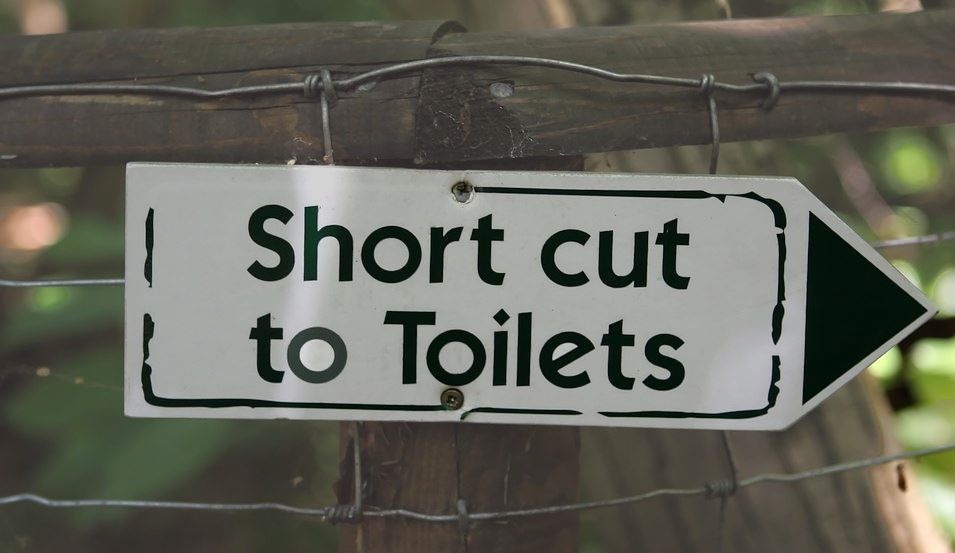 Caring for Someone With Incontinence
Caring for Someone With Incontinence Helping People To Cope with Alzheimer’s and Dementia
Helping People To Cope with Alzheimer’s and Dementia Helping With Bill Paying
Helping With Bill Paying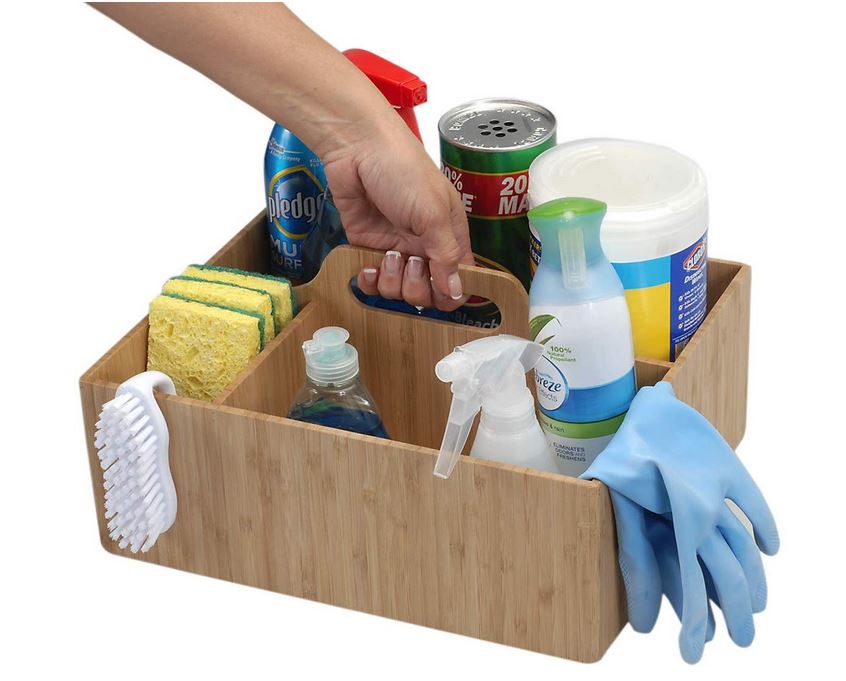 Home Cleaning Services
Home Cleaning Services Offering Companionship
Offering Companionship Providing Medication Reminders
Providing Medication Reminders Providing Transportation
Providing Transportation Running Errands
Running Errands
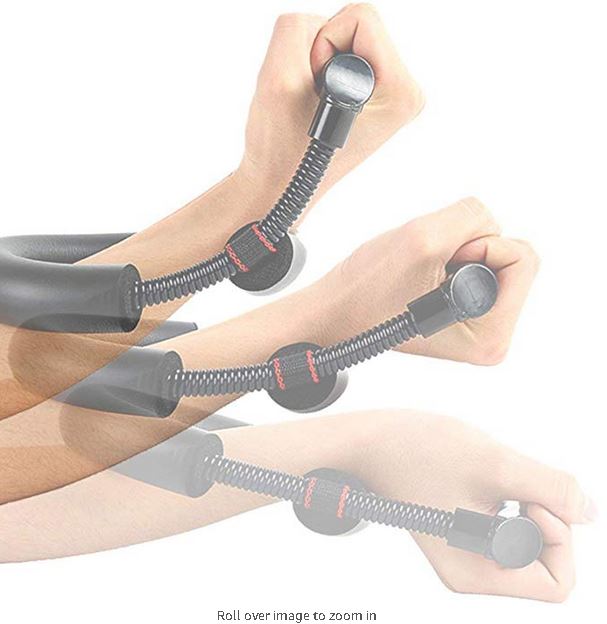
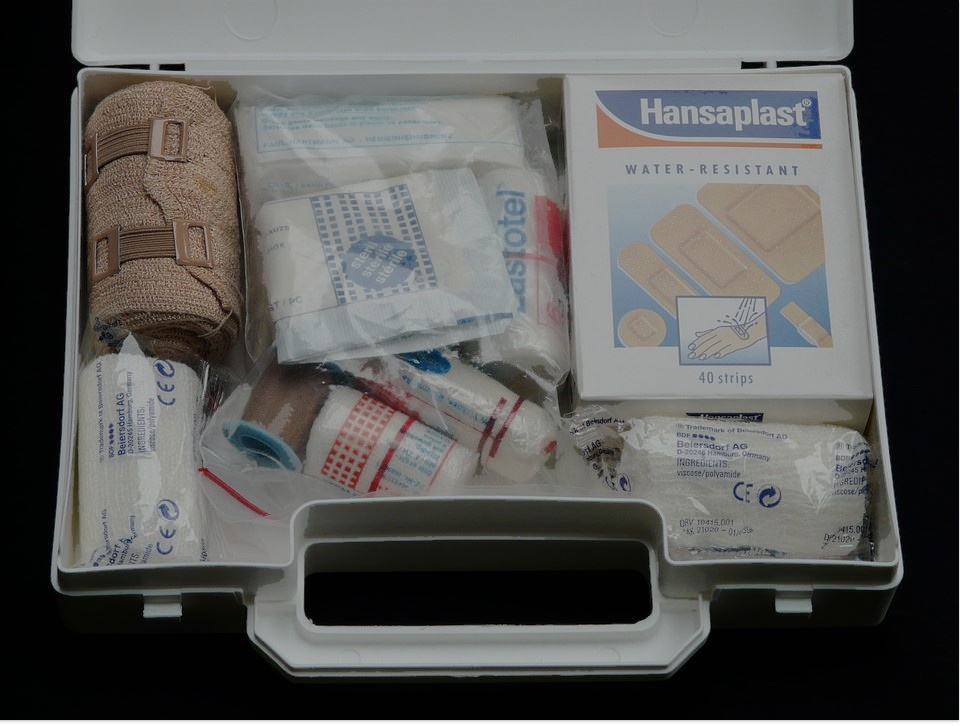 Burn Care
Burn Care Mental Health Rehabilitaion
Mental Health Rehabilitaion
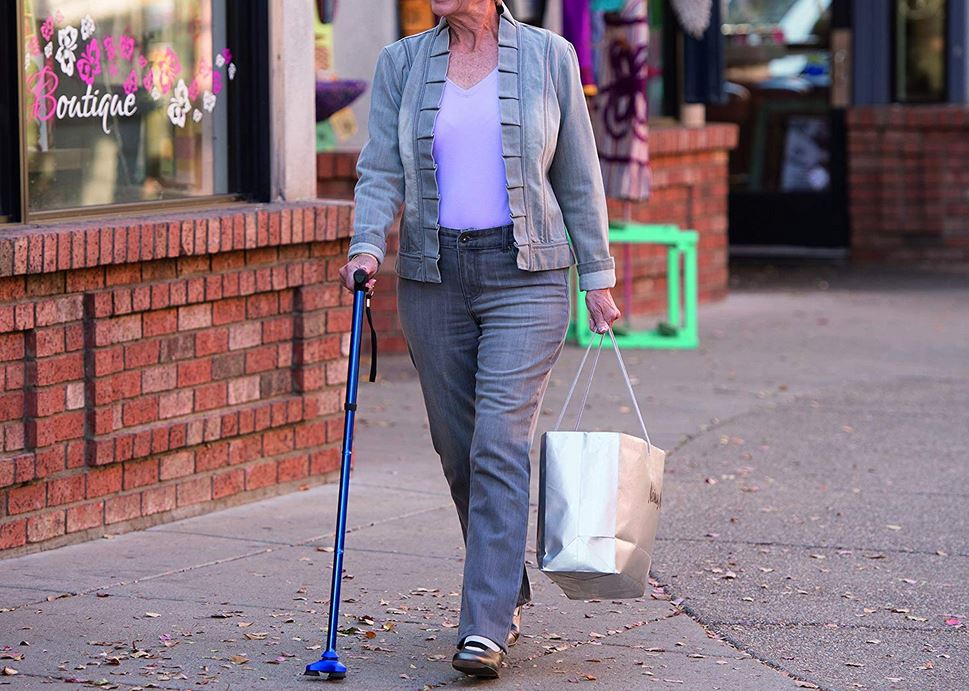 Canes
Canes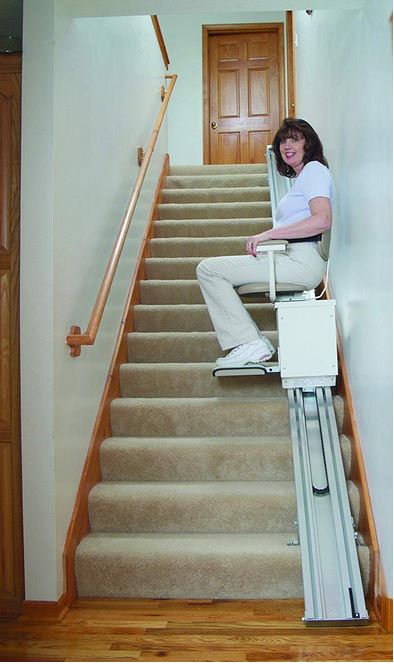 Chair Lifts / Stair Lifts
Chair Lifts / Stair Lifts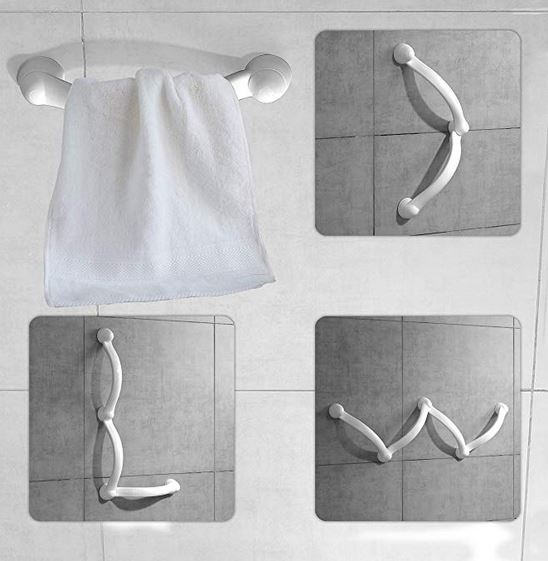 Grab Bars
Grab Bars Knee Scooters / Knee Walkers
Knee Scooters / Knee Walkers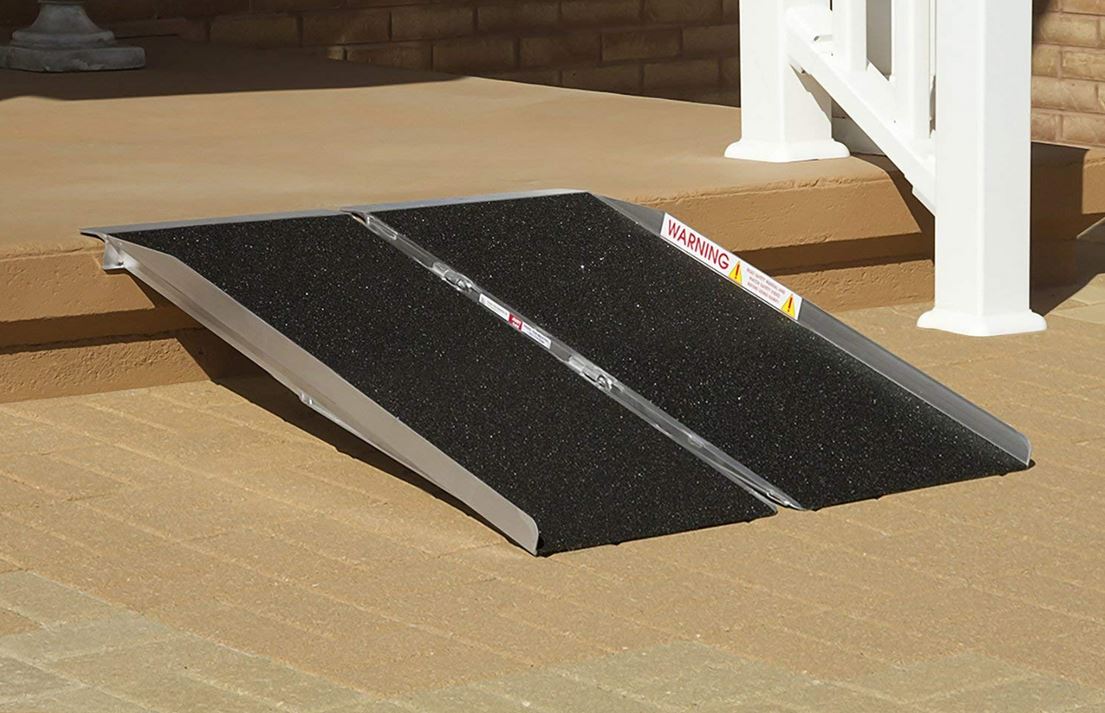 Ramps
Ramps Scooters
Scooters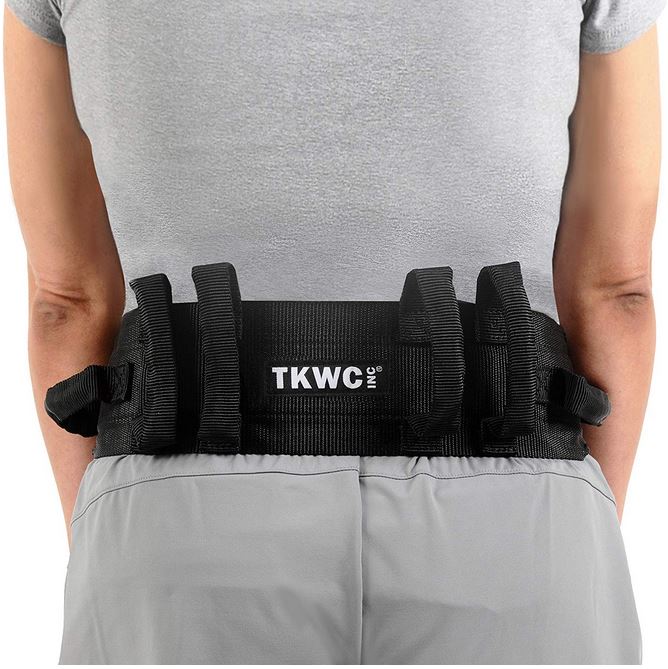 Transfer belts / pads / equipment
Transfer belts / pads / equipment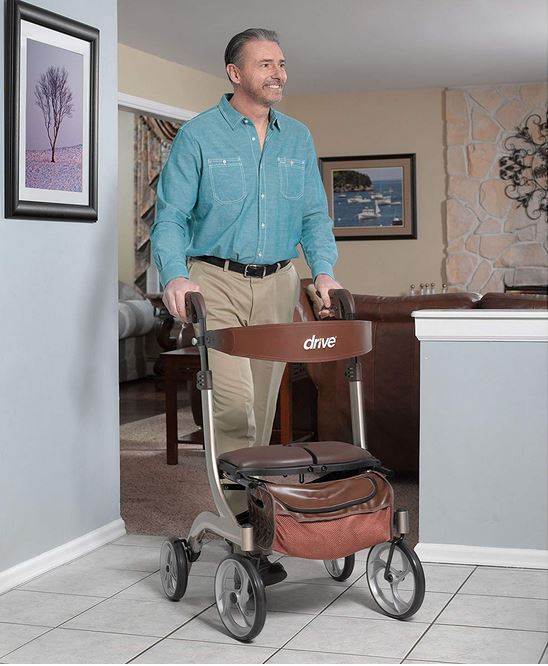 Walkers and Rollaters
Walkers and Rollaters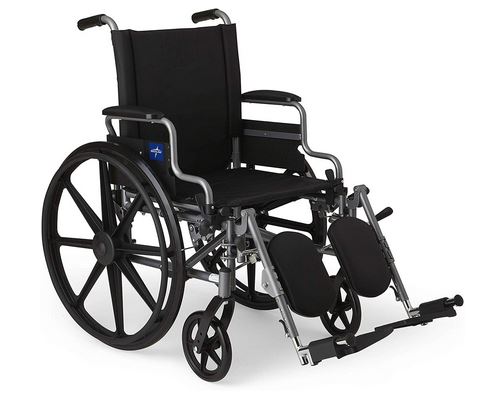 Wheelchairs and Mobile Chairs
Wheelchairs and Mobile Chairs
 Accounting and Tax
Accounting and Tax Books-Seminars-Courses
Books-Seminars-Courses
 ASSISTED LIVING
ASSISTED LIVING Assisted Living Facilities
Assisted Living Facilities Cohousing Communities
Cohousing Communities Manufactured Housing Communities
Manufactured Housing Communities Naturally Occurring Retirement Communities (NORCs)
Naturally Occurring Retirement Communities (NORCs) Personal Residence LIving Independetly
Personal Residence LIving Independetly Accessory Dwelling Units
Accessory Dwelling Units Continuing Care Retirement Communities
Continuing Care Retirement Communities Multigenerational Households
Multigenerational Households